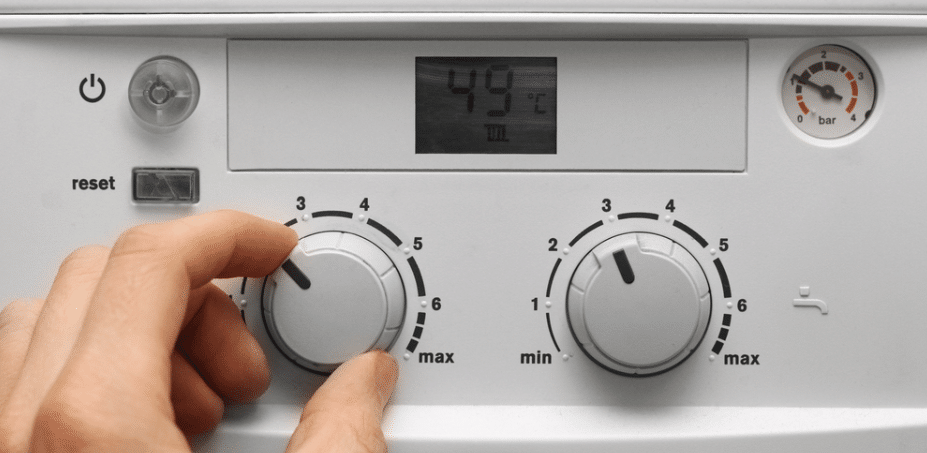In simple words, energy efficiency means utilizing less energy for performing the same tasks and eliminating energy waste. Energy efficiency upgrades refers to reducing greenhouse gas emissions (GHG), while cutting down the costs associated. Energy efficiency measures are important in construction as the building sector contributes to 40% of the total GHG emissions. If a detailed energy audit is performed for buildings, residential as well as commercial, the major consumption of energy is a result of space heating or air conditioning. In most buildings, electricity is used for air conditioning. However, space heating equipment use a variety of fuels. Upgrading or changing energy efficiency units can also be effective.
It is recommended to consult an energy consultant before upgrading the space heaters. Building envelope inspection can provide important insights for energy upgrades. A building with poor insulation or air leaks can create a major hurdle for maintaining the heating requirements. When building envelope is improved first, the new heating systems can be installed with both higher efficiency and a smaller capacity. This means an efficient thermal envelope saves on air conditioning as well.
Identifying Optimal Space Heating Systems Options
Since energy efficiency measures vary from building to building, identifying the optimal space heating option is critical. There are several types of equipment used for space heating systems. The metric used to describe energy efficiency vary depending on the equipment type used:
Annual Fuel Utilization Efficiency (AFUE): AFUE is used for describing how efficiently fuel energy is converted into building space heating by furnaces and boilers. Modern high-efficiency units have AFUE values of above 90%, while older furnaces and boilers fall below 60%.
Heating Seasonal Performance Factor (HSPF): HSPF is used by air-source heat pumps. Their working principal is similar to air conditioners, but in reverse as they extract thermal energy from the outdoor air and supplied in indoor spaces as heat. HSPF value of 8 and above is considered good, while the best heat pumps have a HSPF value of above 10.
Coefficient of Performance (COP): Ground-source heat pumps don’t have a dedicated metric for describing efficiency, but normally they use COP as a reference. COP is a ratio of heat output to electricity input. Most efficient heat pumps have a COP value of 6, while the normal heat pumps have COP value of 3.
For buildings with combustion heating, a simple measure is to upgrade the equipment to a higher AFUE. Although, resistance heating can achieve significant saving with heat pumps. Variable Refrigerant Flow (VRF) systems with heat pump technology operate at high efficiency and can be used for both heating and cooling.
Ground source heat pumps have the highest efficiency among electrical heating systems, but the upfront investment associated is high. These heat pumps are easier to install in new construction sites, since they have underground components. For identifying the optimal heating systems that offer the highest ROI, it is highly recommended to get a complete assessment from a qualified HVAC engineering firm.
Changing the Energy Source of Heating Systems
Changing the energy source has both economic and environmental factors involved. For instance, fuel oil produces twice as much emissions as natural gas. Natural gas-based heating systems have simplified operation as gas is delivered as a utility service, while heating oil must be stored locally and distributed via transportation.
Switching to electric space heating systems from combustion heating reduces the local emissions of a building. Off-site emissions can be present if the local power grid uses fossil fuels for generating energy. However, this translates to reduced urban pollution as the emissions are moved away from the buildings to an off-site location. For electric heating systems, the transition to clean energy sources is simpler, and they automatically become greener if the power grid start using clean energy.
As the energy efficiency measures vary from building to building depending on the requirement and current systems, it is important to identify the area of improvements or the need of change for obtaining the optimal results.

